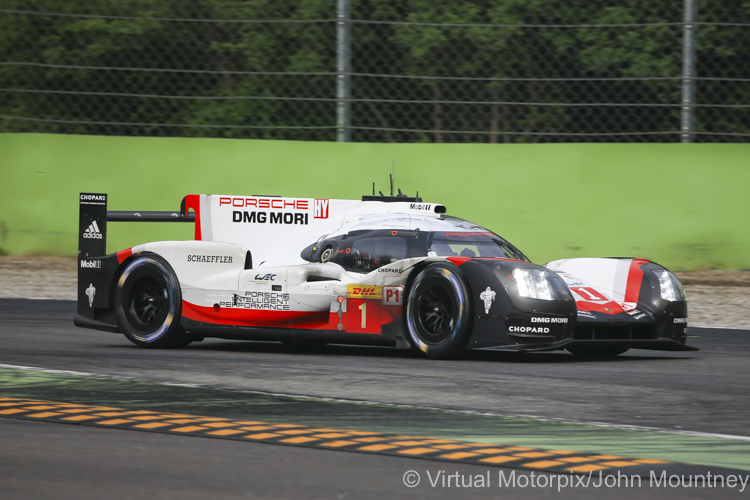Now in its fourth year of competition, the Porsche 919 hybrid continues to be developed into a more efficient racer. Retaining its same 4-cylinder petrol-driven engine, the LM P1 regulations require that the 919 be ever-more efficient while delivering similar performance.Team Principal and acting technical director, Andreas Seidl, said, “For the 2017 season, 60 to 70 per cent of the vehicle is newly developed. The basic concept of the 919 Hybrid still offers scope to optimise the finer details and further boost efficiency. The monocoque has remained unchanged since 2016.”
After dabbling with a trio of 919s in 2015 at Spa and Le Mans, Porsche returned to a two-car setup last year and they will retain this combination in 2017. Many of the technical specs of the 919 are carried over from 2016 as Porsche is still using Lithium-ion batteries for energy storage, and the car will still run in the 8MJ class. The 4-cylinder engine produces just under 500bhp while the two separate energy recovery systems which recover energy on both acceleration and under braking, generate a further 400bhp.
Approximately 60 per cent of the recovered energy comes from the KERS on the front-axle brakes, while the remaining 40 per cent is generated by the exhaust energy recovery system.
Two aerodynamic packages instead of the previous three have been mandated, and these aerodynamic restrictions are designed to lower the cornering speeds of the 919 and other LM P1 cars. This will have effect of raising lap times slightly.
No Subscription? You’re missing out
Get immediate ad-free access to all our premium content.
Get Started



